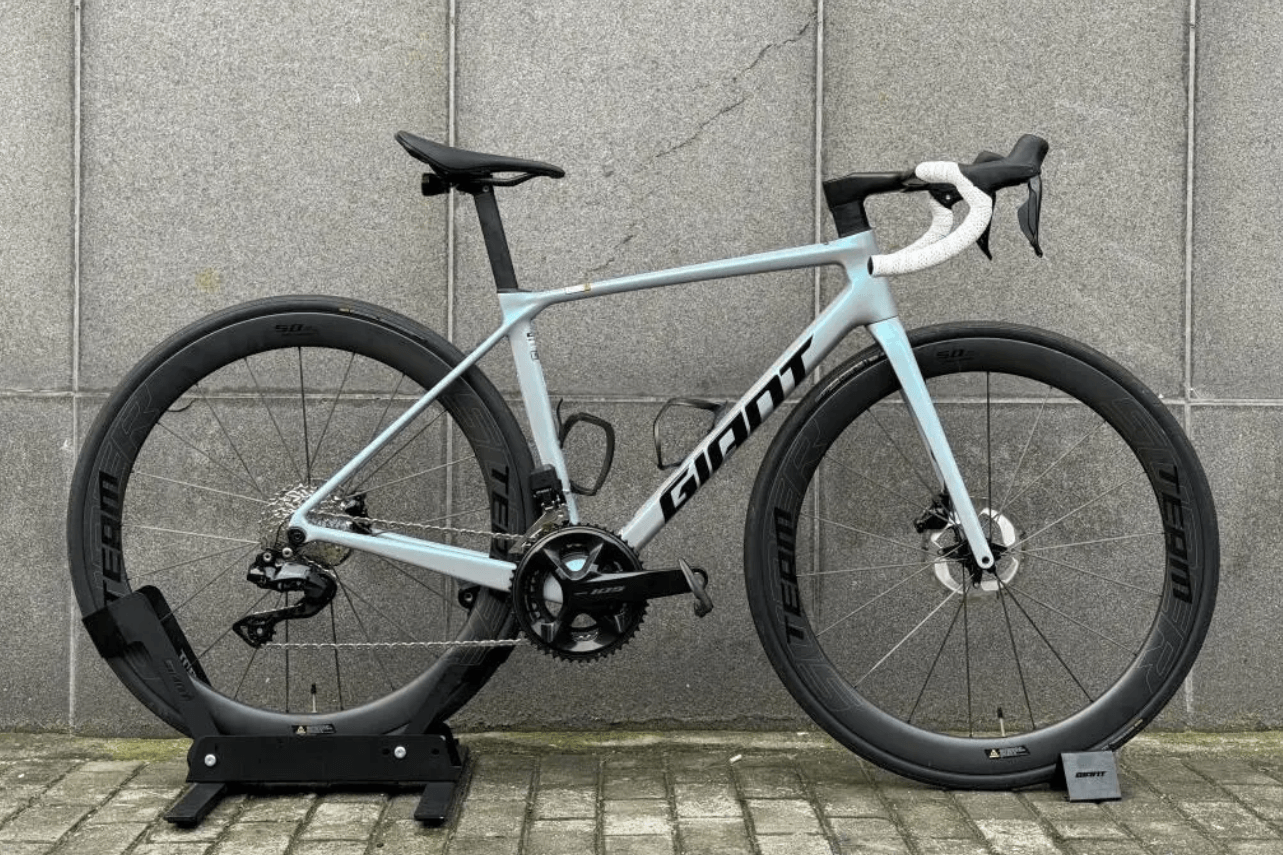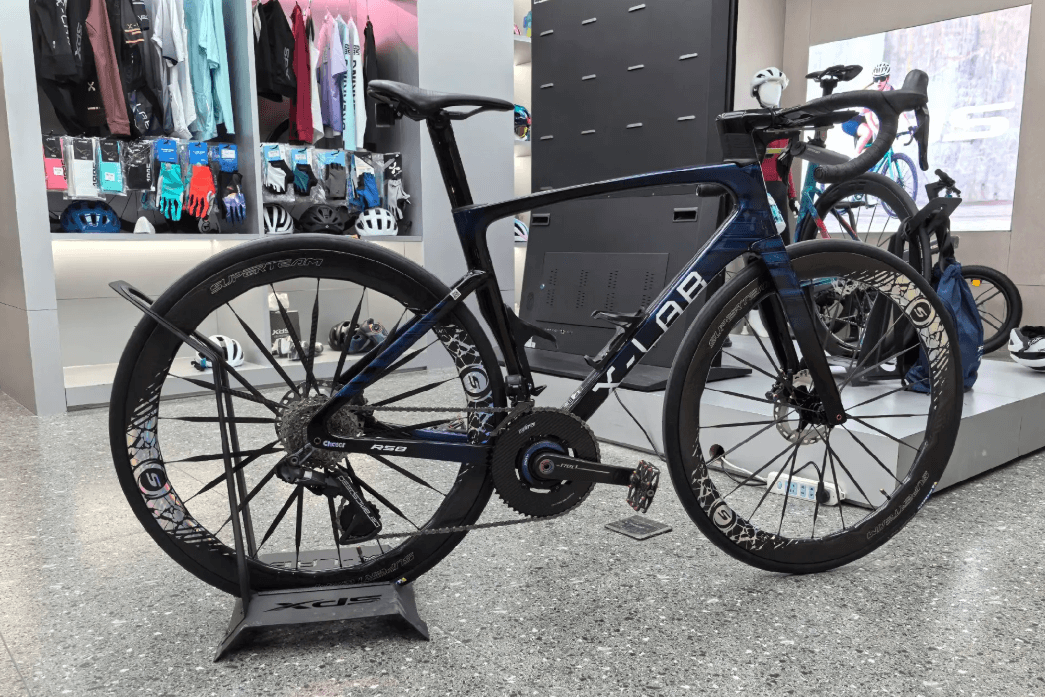When we talk about a pair of high-performance carbon fiber wheels, many people first think of the rim material, hub smoothness, weight parameters, etc., but often ignore a crucial core component - the spokes.
In fact, the number of spokes, weaving (cross angle) and even the arrangement will directly affect the rigidity, comfort, durability and overall riding experience of the wheel set. Today, we will have an in-depth analysis to show you the actual impact of spoke weaving on riding experience.
1. Number of spokes: more is not better, the key is to match the purpose

The number of spokes usually varies according to the load-bearing and purpose of the front and rear wheels. Generally speaking:
Lightweight racing type: 16-20 spokes on the front wheel and 20-24 spokes on the rear wheel, focusing more on weight reduction, suitable for road climbing;
Comprehensive endurance type: 20-24 spokes on the front wheel and 24-28 spokes on the rear wheel, balancing rigidity and comfort;
Gravel/off-road type: 24-28 spokes on the front wheel and 28-32 spokes on the rear wheel, more impact-resistant, suitable for complex road conditions;
Mountaineering/touring: 28-36 spokes on the front wheel and 32-36 spokes on the rear wheel, extremely durable, suitable for heavy loads and long distances.
The more the number, the higher the stability and load-bearing capacity; but the corresponding increase in weight and wind resistance, the tougher the riding feels and the higher the fault tolerance rate.
A small number means:
Lighter weight, suitable for racing; reduced structural tolerance, higher requirements for craftsmanship; once the spokes are broken, the impact is greater.
2. Crossing angle: affects rigidity and energy transfer
 The so-called crossing angle refers to the number of times the spokes are staggered between the hub and the rim (commonly 0 crosses, 2 crosses, 3 crosses, etc.).
The so-called crossing angle refers to the number of times the spokes are staggered between the hub and the rim (commonly 0 crosses, 2 crosses, 3 crosses, etc.).
Applicable scenarios for the characteristics of the weaving method:
Radial weaving method (0 crosses) Spokes are directly connected, the shortest path, extremely lightweight, and often used for the front wheel;
2 crosses: moderate rigidity, light weight, and durability, suitable for comprehensive road riding;
3 crosses: high strength, better torque transmission, suitable for rear wheels, gravel, and climbing types.
The higher the spoke crossing angle:
The stronger the rigidity and the better the torsion resistance; suitable for high-power pedaling and rough road conditions; but the weight is slightly increased and the spoke length is increased.
The lower the spoke crossing angle:
The wheel is lighter and more responsive; but the pressure bearing capacity is reduced and it is easy to deflect; especially under high torque output of the rear wheel, there is a risk.
3. Spoke material is also key: steel vs carbon fiber vs rope

Although the core of this article is "weaving method", the spoke material also has a synergistic effect on the overall feeling. Different material types have the following characteristics:
(1) Steel: mainstream material, cost-effective, durable, and stable;
(2) Carbon fiber spokes: extremely light and rigid, but high cost;
(3) Rope: a relatively rare type of spoke, focusing on lightweight, but too expensive, not recommended here.
Combining different weaving methods can produce different styles of wheel set tonality. For example: carbon fiber spokes + 3 cross-weaving method = high rigidity, high response competition weapon.
4. Summary: structure determines performance, weaving method shapes feeling
Don't underestimate the detail of "spokes"! The soul of the wheel set is not only hidden in the carbon fiber ring and ceramic bearing. Reasonable spoke weaving method + quantity combination often determines whether the riding experience is "smooth", "stable", and "durable" enough.
When choosing a wheel set, combine riding style, weight, road conditions and power output, and choose the right weaving method to truly bring out the potential of carbon wheels.
Of course, if you are still confused about these, we have also prepared the best solutions for you on the website! Choose with confidence, you will not be disappointed!
Tags: #carbon fiber spokes #carbon spokes #spoke number #spoke weaving #spoke crossangle #spoke 0 cross #spoke 2 cross #spoke 3 cross #spoke material #stee lspokes #rope spokes









Leave a comment
All comments are moderated before being published.
This site is protected by hCaptcha and the hCaptcha Privacy Policy and Terms of Service apply.